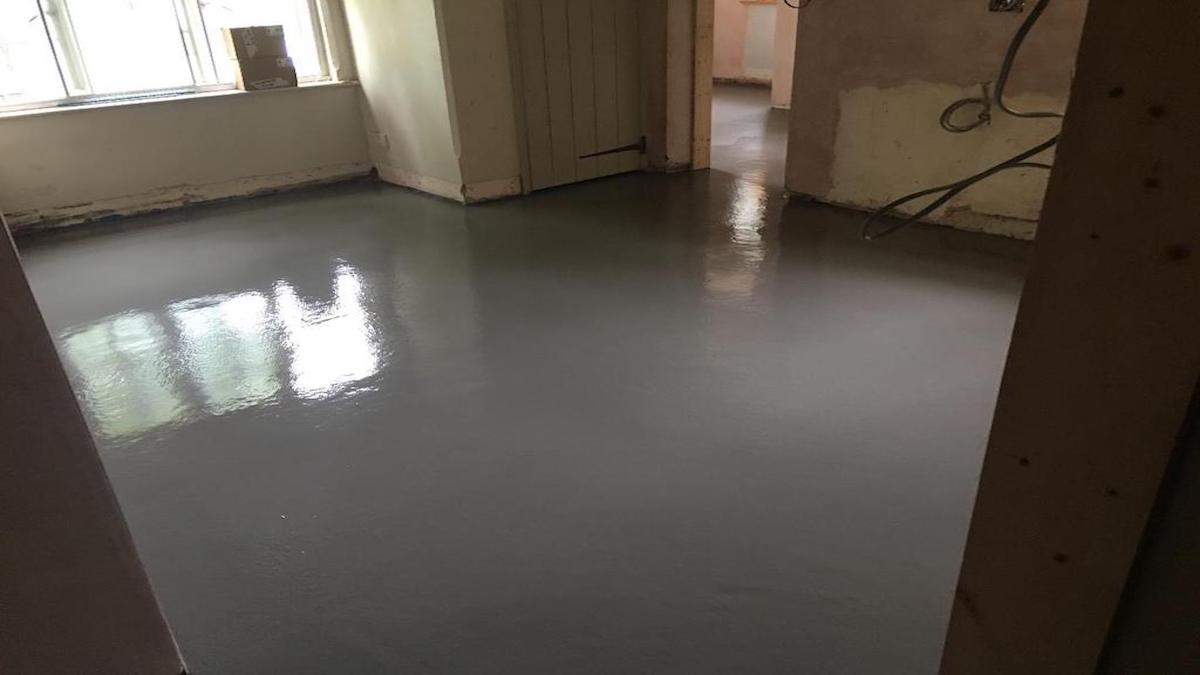
A beautifully laid hardwood floor is only as good as the subfloor beneath it. Preparation is key and it’s important to consider all options available to you. In this guide we explain the different types of subfloor for fitting under solid or engineered wood flooring
Much of the decision is to consider which subfloor is most suitable and will work with your existing base. We always recommend you employ an experienced wood flooring fitter to give you on site advice to help make an informed decision.
CONCRETE SCREED
This is particularly important if your existing floor has no sound base and it is uneven. Self-levelling compounds help to provide a completely flat base. One thing to be aware of is to ensure the concrete sub-floor is completely dry before laying the wood flooring. A hygrometre is the best way to check the moisture levels are suitable before installation of the wood flooring commences. A sealant or Damp Proof Membrane may be necessary.
JOISTS
Floorboards fixed directly onto joists are either secret nailed or screwed. Generally applied with a purpose made nail gun or screw fixer set at a predetermined angle. This method ensures the groove of the next board is fitted up without the screw or nail showing.
EXISTING FLOOR BOARDS
Existing floor boards must be of sound condition and level. If this is the case a new hardwood floor is either fixed with secret nails/screws, floated or glued directly onto the boards. The new flooring is laid in the opposite direction to the existing boards. If the existing floor is uneven or damaged it may need replacing with ply or chipboard prior to fitting a new wood floor.
CHIPBOARD OR PLYWOOD
Either are perfectly suitable but do ensure that the thickness is sufficient enough to support the flooring. 1/2 to 5/8” is best practise.
Chipboard is faster to install as it has a tongue and groove. Plywood is cut so joints fall in the middle of the joists. Both materials provide a good strength but with plywood formed from layers of wood it is the much sturdier of the two. It should be stated that overtime chipboard can tend to sag with moisture variation and therefore could potentially last a shorter time. Regarding noise reduction plywood again is the better choice. That said it all depends on your budget and chipboard is the less costly option. Always go with the best you can afford and on the advice of the professional fitter.

